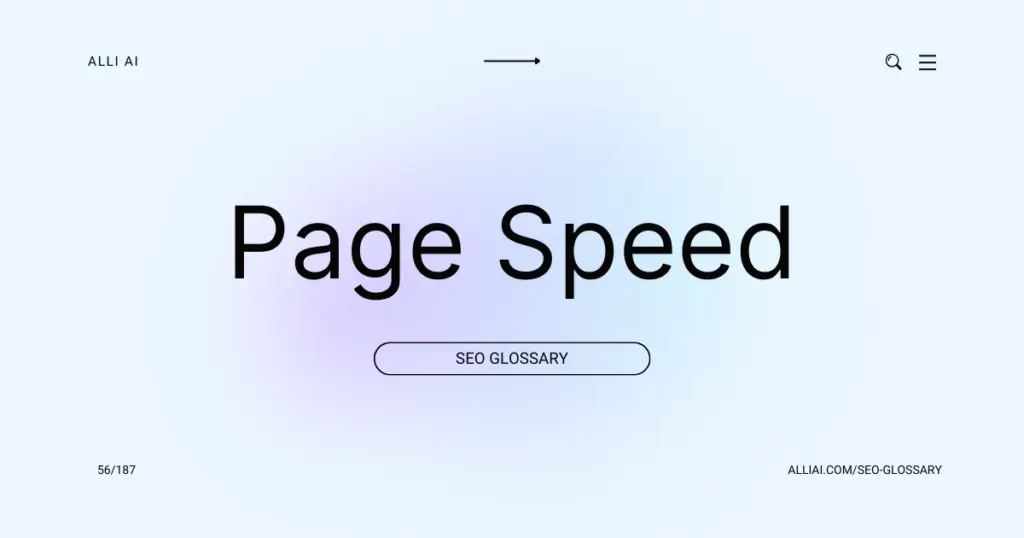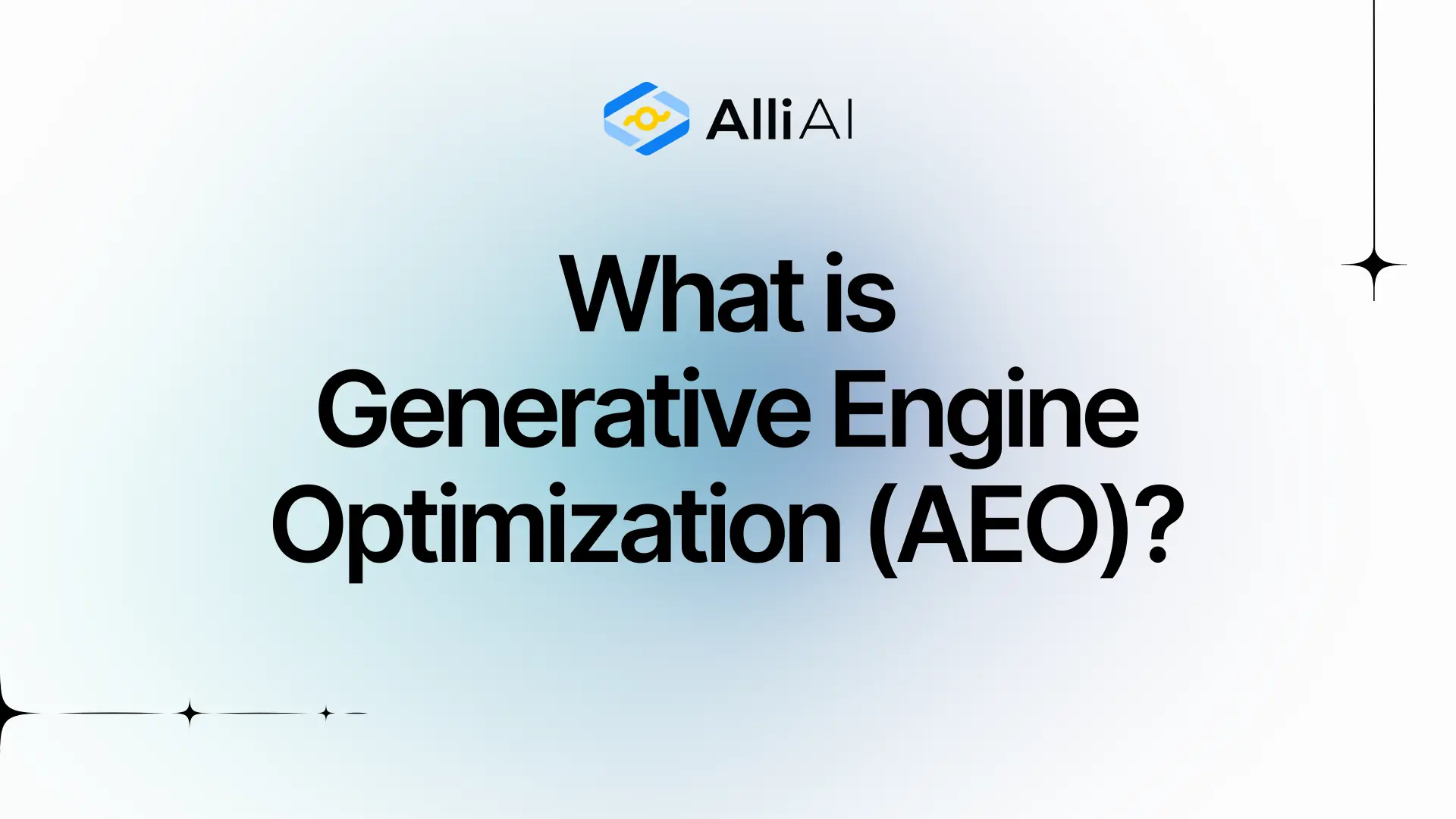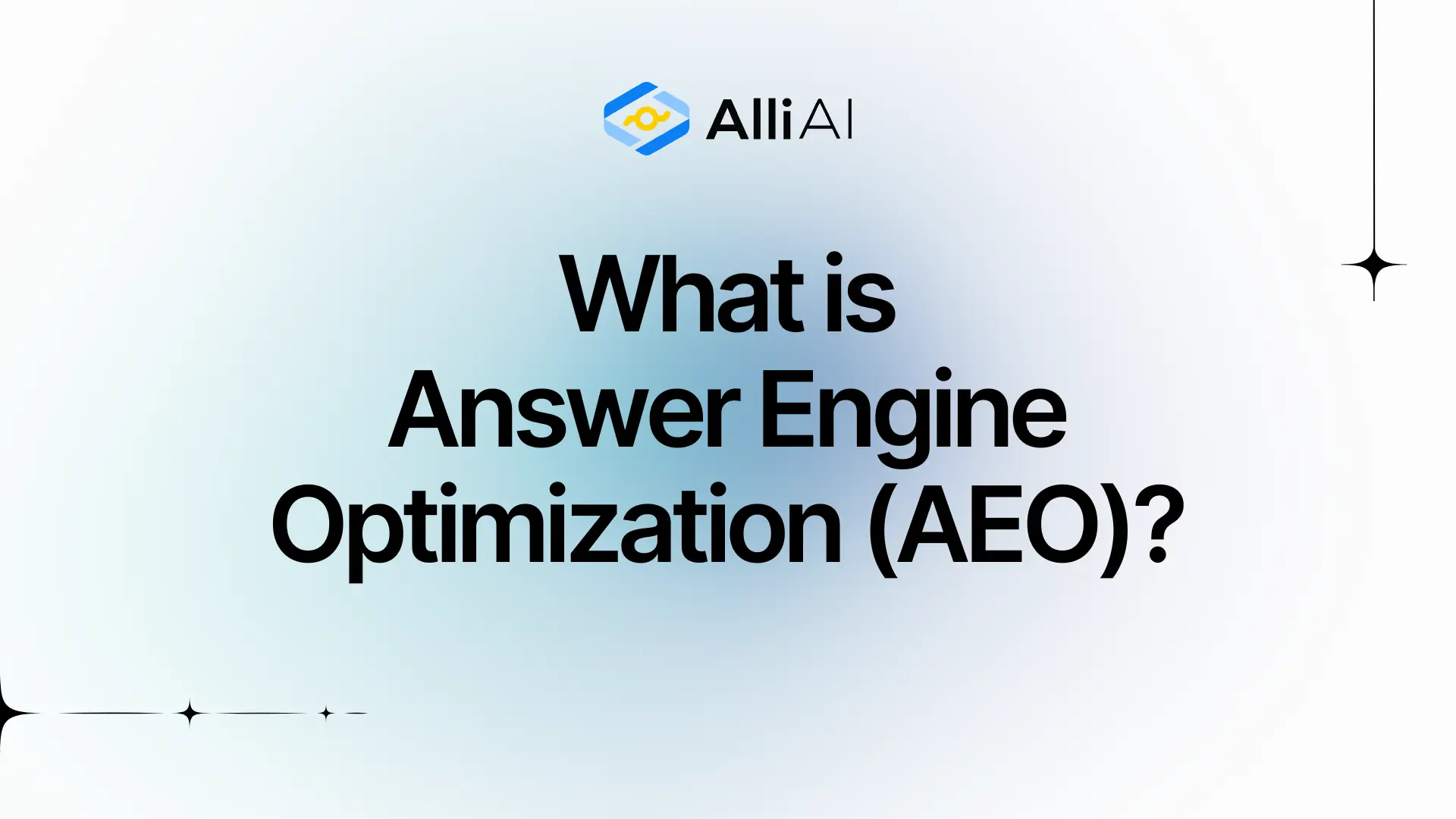What Does Page Speed Mean?
Page speed refers to how quickly a webpage loads and displays its full content to a user. It’s the time it takes for a page to become completely interactive and usable after a user clicks a link or types in a URL. Faster page speeds improve the user experience and can also help with website ranking in search engines.
Where Does Page Speed Fit Into The Broader SEO Landscape?
Page speed is a significant factor in SEO as it influences user experience, bounce rates, and engagement. Fast-loading pages are favored by search engines like Google, which include page speed as a ranking factor for both desktop and mobile searches. Improved page speed enhances the user’s experience, minimizing the likelihood of visitors leaving due to slow load times (reducing bounce rates) and encouraging longer on-site engagements. Additionally, faster websites are beneficial for indexation, as more pages can potentially be crawled in a shorter timespan when site response times are minimized. Overall, optimizing page speed is crucial for attaining higher search rankings, improving user experience, and achieving better conversion rates.
Real Life Analogies or Metaphors to Explain Page Speed
Page speed is like a fast-food drive-thru. The quicker the service, the happier the customers. If it’s slow, customers might drive off to another restaurant.
Imagine running a race on a smooth, open track versus a track filled with hurdles. Page speed is like that smooth track, enabling websites to race to their peak performance without obstacles slowing them down.
Page speed is like a river flowing swiftly and smoothly towards the sea, unimpeded by any blockages, ensuring that everything reaches its destination quickly and efficiently.
How the Page Speed Functions or is Implemented?
1. Resource Loading: Speed at which HTML, CSS, JavaScript, images, and videos load. This involves server speed, file sizes, and requests made to the server.
2. Rendering: The browser’s ability to display the content. It involves parsing HTML, CSS, and JavaScript and rendering the processed content on screen. Rendering performance is influenced by the efficiency of the browser engine and the complexity of the web page.
3. Browser-Side Processing: After a page is downloaded and displayed, components like JavaScript and interactive elements begin to function. The efficiency and complexity of scripts impact the responsiveness and speed of web page interactions.
4. Optimization Techniques: Techniques like minifying CSS and JavaScript, using asynchronous script loading, and optimizing images (through compression and correct format choices) are implemented to enhance loading times.
5. Network Conditions and Latency: Physical distance between hosting servers and the user’s device, network carrier, and conditions affect speed. Techniques like Content Delivery Networks (CDN) are used to improve delivery speeds.
6. Caching Mechanisms: Browsers can cache a lot of information (like stylesheets, images, and JavaScript files) so that they don’t have to be re-fetched entirely on every visit.
7. Critical Render Path Optimization: The sequence in which the resources are loaded is critical. Optimizing the order of resource loading and ensuring critical resources are prioritized can significantly impact performance.
8. Server Response Time: Time taken by DNS resolution, server processing, and sending the data back to the user’s browser. Techniques such as using SSD hosting, better server hardware, and more efficient server software impact this.
9. Mobile Optimization: Since mobile devices have different processing power and constraints, optimizing websites for mobile involves a different approach in code, design responsiveness, and interaction dynamics.
10. User Perceived Performance: Incorporating techniques such as lazy loading of images and prioritizing above-the-fold content to make the website appear faster to the user, even though the entire page load is not complete.
Impact Page Speed has on SEO
Page speed significantly impacts SEO performance by directly influencing Google’s ranking algorithms, which prioritize faster-loading sites to improve user experience. Slow-loading pages lead to higher bounce rates as users tend to abandon sites that don’t load quickly, decreasing dwell time and increasing bounce rates, which are negative signals to search engines. Faster pages enhance user engagement by reducing frustration and increasing the likelihood of users interacting with content, potentially leading to increased conversions. Additionally, with Google’s mobile-first indexing, page speed becomes even more critical as mobile users expect quick access even with potentially slower mobile data connections. Lower page speeds can also affect the crawl budget assigned by search engines, reducing the number of indexed pages.
SEO Best Practices For Page Speed
1. Analyze Current Page Speed:
– Use tools such as Google PageSpeed Insights, GTmetrix, or WebPageTest to assess current performance.
2. Enable Compression:
– Enable GZIP compression via the .htaccess file or server settings to reduce the size of your CSS, HTML, and JavaScript files.
3. Minify CSS, JavaScript, and HTML:
– Use tools like UglifyJS or cssnano to minify JS and CSS files.
– Remove unnecessary comments, formatting, and unused code.
4. Reduce Redirects:
– Minimize HTTP redirects from one URL to another to cut response times.
5. Leverage Browser Caching:
– Modify your .htaccess file to enable browser caching, setting expiry dates for various file types.
6. Improve Server Response Time:
– Optimize your server, consider using a Content Delivery Network (CDN), and enhance your web server software or configuration.
7. Optimize Images:
– Compress images without losing quality using tools like ImageOptim, Kraken.io, or TinyPNG.
– Use the correct image formats: JPEG for photographs, PNG for graphics with fewer than 16 colors, SVG for web graphics.
8. Use Asynchronous Loading for CSS and JavaScript:
– Modify the way scripts are loaded by making them asynchronous so they do not block the DOM construction.
9. Optimize CSS Delivery:
– Prioritize above-the-fold content with critical CSS and defer non-critical CSS.
10. Prioritize Visible Content:
– Structure your HTML to load the critical, above-the-fold content first.
11. Remove Render-Blocking JavaScript:
– Identify and eliminate any JavaScript that prevents fast rendering, using async or defer attributes.
12. Use a Content Delivery Network (CDN):
– Distribute your content close to your users using a CDN.
13. Enable HTTP/2:
– Upgrade to HTTP/2 which supports multiplexing, server push, and header compression for reduced latency.
14. Review Third-party Services:
– Audit and remove any non-essential third-party scripts that may slow down page loading.
15. Monitor and Iterate:
– Regularly re-check page speed and make improvements as necessary.
Common Mistakes To Avoid
1. Ignoring Image Optimization: Compress and resize images adequately. Use modern formats like WebP.
2. Not Enabling Browser Caching: Set appropriate caching headers to reduce load times for repeat visitors.
3. Overlooking Server Response Time: Opt for a reliable host and consider using a Content Delivery Network (CDN).
4. Ignoring Minification: Minify CSS, JavaScript, and HTML to reduce file size and improve speed.
5. Failing to Implement Lazy Loading: Implement lazy loading for images and videos to load them only as needed.
6. Using Synchronous Loading for JavaScript: Utilize asynchronous or deferred JavaScript loading to minimize blocking of page rendering.
7. Overusing Plugins: Minimize use of plugins, as each one can add overhead to page load times.
8. Not Testing with Real-World Conditions: Regularly test page speed with tools like Google PageSpeed Insights, ideally under various conditions, including mobile.
9. Neglecting Mobile Optimization: Prioritize mobile-first design and ensure responsive load times, considering mobile network speeds.
10. Overloading with Ads: Too many ads can slow down your page and worsen user experience.
11. Not Using HTTP/2: Upgrade to HTTP/2 to take advantage of its fast, efficient loading protocols over multiple requests.
12. Not Reviewing Redirects: Minimize redirects which add additional HTTP requests and increase load time.
13. Not Compressing Files: Use compression formats like GZIP or Brotli for text-based resources to decrease their delivery sizes.
14. Lack of Performance Budgets: Set performance budgets to keep a check on page size and load times during the development process.
15. Overlooking Web Fonts Optimization: Choose modern, efficient font formats and load only necessary character sets to reduce unnecessary font resource fetching.






